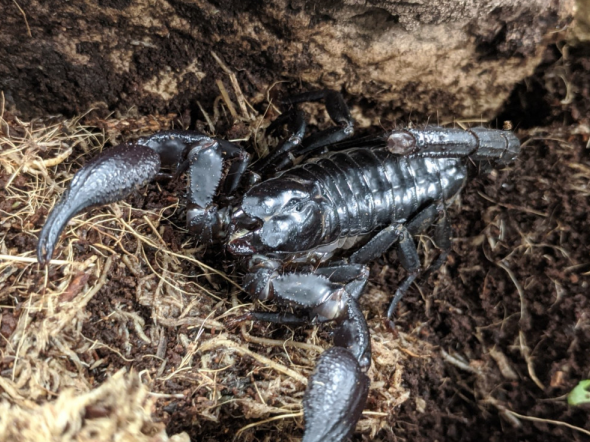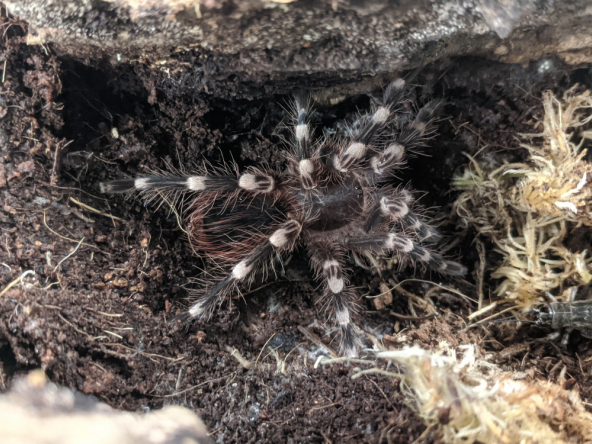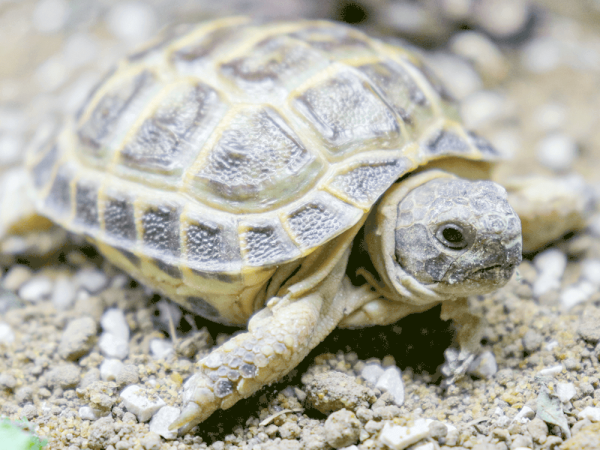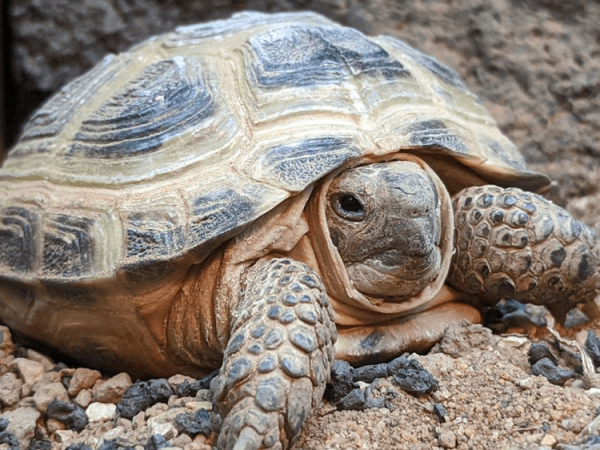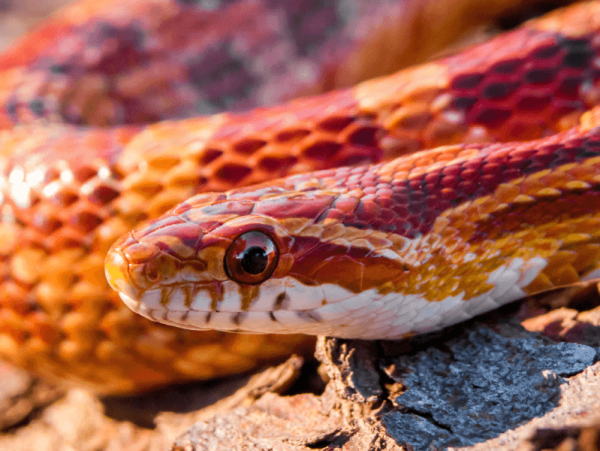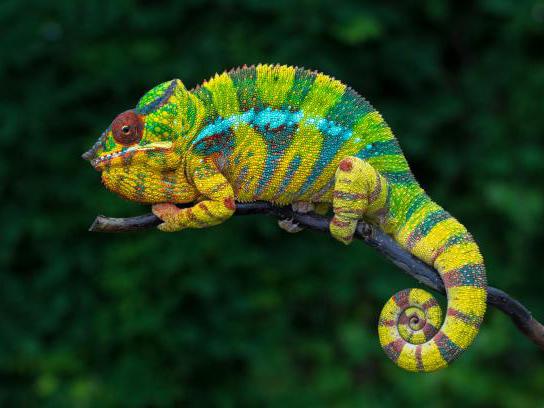Optional extras
Asian forest scorpion, Heterometrus sp.
Categories: Care sheetsInvertebrates
The Asian Forest Scorpion is distributed across Southeastern Asia, including Cambodia, Laos, Thailand, Vietnam, India, Sri Lanka, Nepal, and China. It resides amongst the debris of the forest floor, hidden amongst leaf litter, moss and wood or burrowing down into the soil awaiting prey. Generally, it is not recommended to handle scorpions as they will often not tame and handling can pose a risk of being stung, as well as stressing the scorpion. But they still make fascinating pets, especially at feeding time. They are black in colour with large pincers and a prominent sting.
Housing
Forest scorpions naturally hide amongst forest floor debris and burrow down in loose substrates, but they still move between locations and burrows. To give them good opportunity to move around, it is recommended to house them in an Exo Terra 60 x 45 x 30cm terrarium, though others may keep them in a well ventilated plastic container of a similar size.
The first thing to consider is a good depth of loose substrate for them to burrow into, such as soil or sedge peat - enabling them to dig and tunnel down as they would naturally. On top of this, you could add leaf litter and mosses to assist with humidity and create a more natural environment, as well as smaller branches and cork bark which will make for good climbing and hiding spots. Vegetation is also good for making the environment more natural and providing further hiding opportunity - live plants will additionally add to higher humidity.
Heating and lighting
Scorpions do not require special lighting, though you may decide to have a small LED on the tank to create night and day periods and to assist in plant growth. They will need to be kept warm, with a gradient starting from 22C at the cool end and going up to around 28 - 30C at the hotter end. This can usually be provided with a heat mat which should always be thermostatically controlled and never cover the entire enclosure to ensure the safety of your pet.
For particularly cold environments, other heat sources may be necessary and again will need to be thermostatically controlled. Other safety precautions, especially if you choose to house them in a plastic container, is that the heat mat will require a certain amount of airflow between the mat and the container.
To create a night period, this temperature can drop to 15C or even slightly lower. Your scorpion would naturally be exposed to such a drop in its wild setting. All temperatures can be monitored using an accurate digital thermometer.
Humidity
Humidity is another important consideration with this species as they require 70 - 80%. This can be reached with good quality, moisture-holding substrate, live plants and regular spraying. Humidity can be measured using an accurate digital hygrometer. You can also provide a shallow water dish to help in humidity and keep your scorpion hydrated.
Contrary to belief, as long as the dish is shallow, invertebrates are able to get out and this will not pose a risk, though for small juveniles and babies the dish should be very small (e.g a bottle cap). A dish is always recommended over a sponge for example which can harbour bacteria. With the warmth and humidity combined, mould is also a risk in your scorpion environment and needs to be removed when visible - you can also add springtails; tiny 'clean up crew' which will eat mould and not bother your scorpion.
Diet
Scorpions will feed on live food such as crickets, locust, mealworms and even cockroaches depending on size. These can be dropped into the enclosure without extra supplementation. Your scorpion will only need to feed 1-2 times a week depending on the meal and it is important to ensure the live food is removed if not eaten. Particularly when the scorpion goes into moult, as they could be vulnerable to the live food eating them instead!
Moulting will take place as your scorpion grows and can be a worrying sight for new owners - with scorpions flipping on their back to crawl out of the old moult, they can often appear dead! Extra spraying and humidity will make the process easier but any other intervention won’t be necessary.
Swell SuperStore species profile
- Scientific name - Heterometrus spinifer
- Adult Expected Size - 5 inches
- Habitat - forest floors amongst the debris and loose soils. Terrestrial living.
- Required Enclosure Size - 60 x 45 x 30cm terrarium or similar sized container
- UV Lighting - Not required
- Expected Lifespan - 5 - 8 Years
- Temperature Gradient - 22 - 30C
- Humidity Levels - 70 - 80%
- Feeding - Live food such as crickets, locust, mealworms and even cockroaches
- Handling - Not recommended - scorpions will likely not tame down and can sting.
Jeremy Gay is an author, lifelong fishkeeper, and exotic pet specialist. He's a former editor of Practical Fishkeeping Magazine, UK editor at Reefbuilders, a former pet store manager, and has collected wildlife in Sri Lanka and the Amazon. He's been on tv and radio, contributed to Koi Carp and Gardeners World magazines, been a product tester, a judge, and a product developer.




